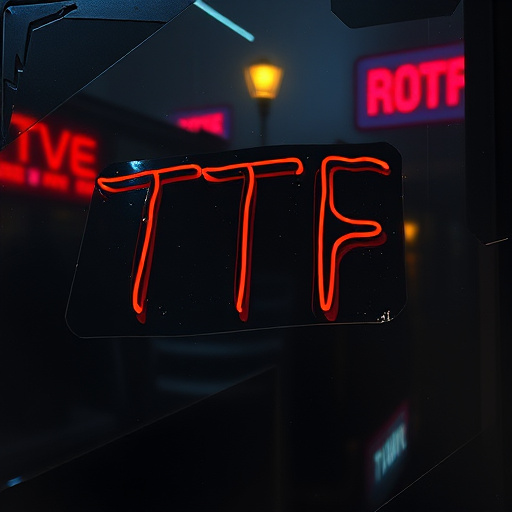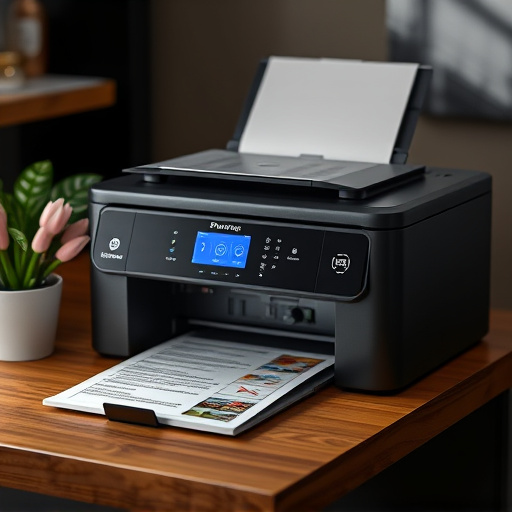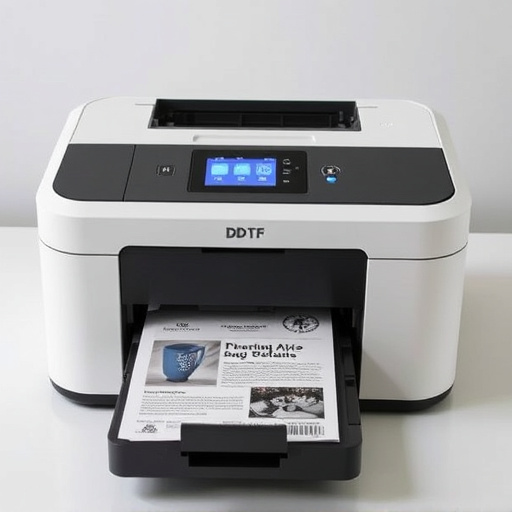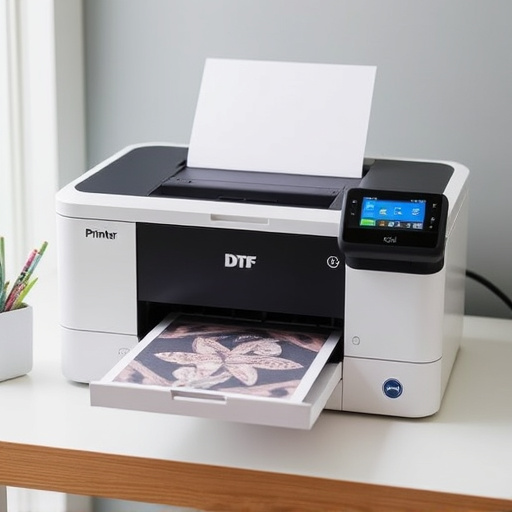Custom Direct to Film (DTF) transfers are a revolutionary printing method, offering versatile and high-quality options for businesses and designers. The process involves applying ink directly to various materials using heat and pressure, with the key being selecting the right DTF transfer sheets for each substrate. Quality assurance is paramount; it includes file preparation, printing, and curing with advanced techniques to maintain design vibrancy and longevity. This meticulous approach ensures that custom DTF transfers not only look great but also withstand regular use.
“Discover the art of custom Direct to Film (DTF) transfers – a process revolutionizing conservation and reproduction. This comprehensive guide explores best practices for creating precise, long-lasting digital copies from film negatives. From understanding the fundamentals of DTF technology to selecting superior materials and implementing rigorous quality control measures, each step ensures optimal results. Learn how these practices contribute to the longevity of precious cinematic heritage.”
- Understanding Custom Direct to Film Transfers: A Comprehensive Guide
- Choosing the Right Materials and Techniques for Optimal Results
- Quality Assurance and Longevity: Ensuring Your Transfers Last
Understanding Custom Direct to Film Transfers: A Comprehensive Guide

Custom Direct to Film (DTF) transfers offer a cutting-edge solution for printing on various materials, from textiles to metal. This advanced technique involves transferring ink directly onto a surface using a thin film, eliminating the need for traditional printing methods like screens or plates. It’s a game-changer for businesses and designers seeking versatile, high-quality, and efficient printing options.
Understanding DTF transfers requires grasping how they work and their unique benefits. The process starts with designing or selecting an image, which is then precisely printed onto a flexible film using specialized equipment. This film acts as a temporary carrier, allowing the design to be transferred onto the final substrate—be it a t-shirt, hoodie, or even dark fabrics—through heat and pressure. DTF for t-shirts and other textiles results in vibrant, indelible prints, making it ideal for creating unique, personalized, and visually appealing products.
Choosing the Right Materials and Techniques for Optimal Results

When it comes to Custom Direct to Film Transfers, selecting the appropriate materials and techniques is paramount for achieving exceptional results. The process involves choosing high-quality dtf transfer sheets compatible with your desired substrate, be it fabric, metal, or plastic. These specialized sheets ensure a crisp and precise image transfer, crucial for maintaining detail and color accuracy in the final product.
For instance, when creating personalized hoodies using direct to film techniques, the choice of dtf transfer film plays a significant role. Opting for films designed specifically for fabric guarantees an optimal bond, ensuring the design’s longevity and vibrancy even after multiple washes. This attention to material selection allows for the realization of truly unique and durable custom Direct to Film Transfers.
Quality Assurance and Longevity: Ensuring Your Transfers Last

When it comes to custom direct to film transfers, quality assurance is paramount to ensure your designs last. The process involves meticulous attention to detail during each step, from file preparation to printing and curing. Using high-resolution files and ensuring color accuracy are crucial first steps. Professionals in this field employ advanced techniques to maintain the integrity of the original design while transferring it onto various materials like t-shirts (DTF for t-shirts).
Regular quality checks and adherence to best practices extend the lifespan of your custom transfers. This includes proper material selection, optimal printing settings, and suitable curing times. Additionally, understanding the characteristics of different inks and their interactions with fabrics is essential. By prioritizing these aspects, you can achieve vibrant, long-lasting DTFs that withstand regular wear and tear, ensuring your creations remain visually appealing for years to come.
Custom Direct to Film Transfers represent a powerful way to preserve and share cinematic heritage. By understanding the core concepts, selecting optimal materials and techniques, and prioritizing quality assurance, you can ensure these transfers last for generations. This comprehensive guide equips readers with the knowledge to navigate this process effectively, preserving the visual artistry of film for future audiences to enjoy.














